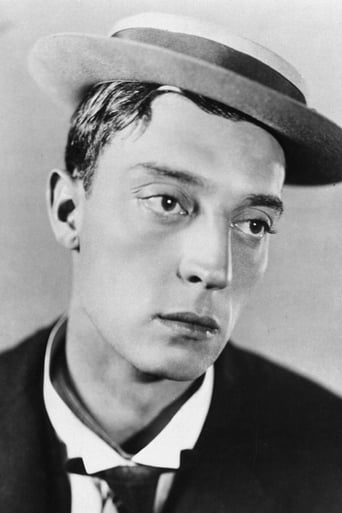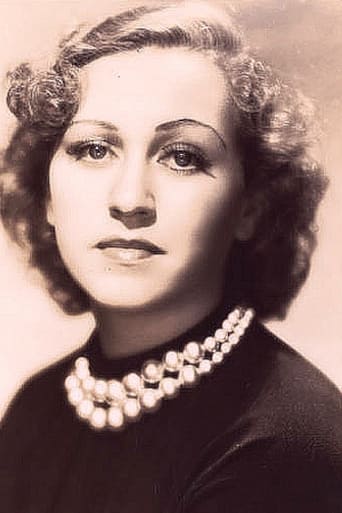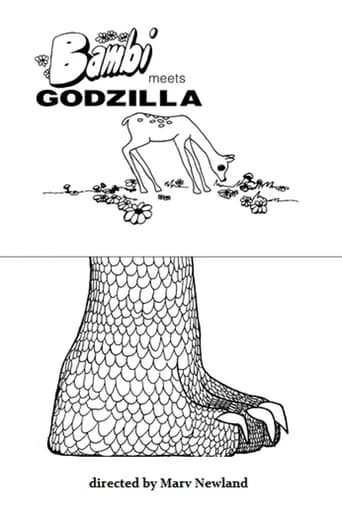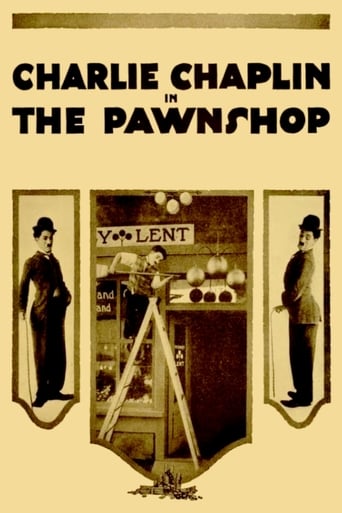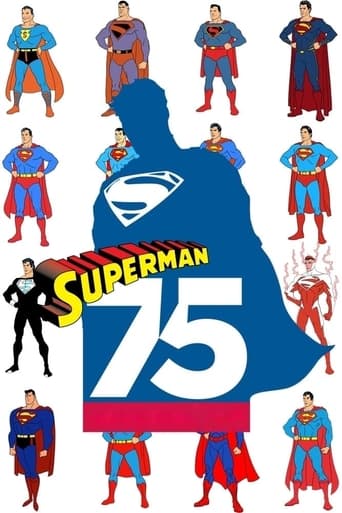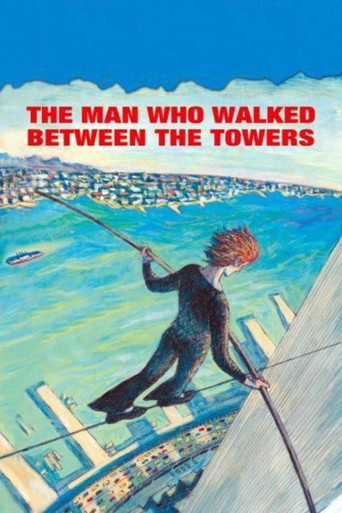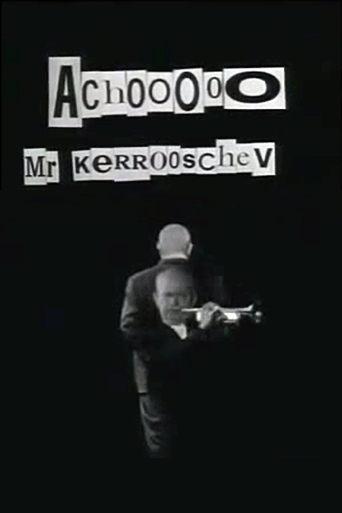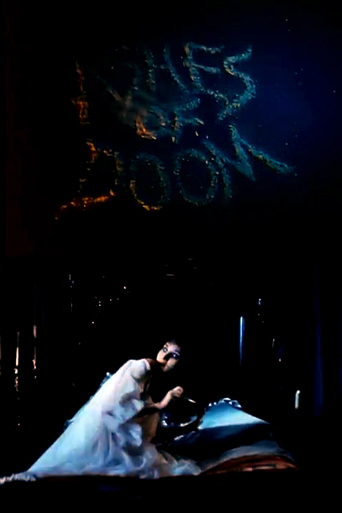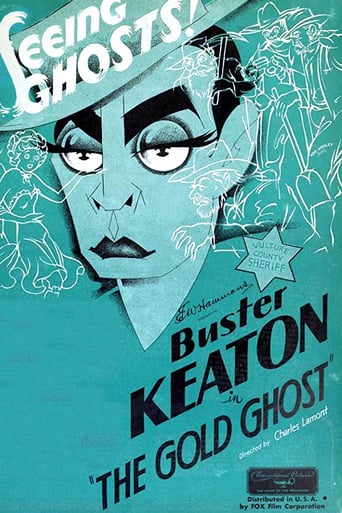

The Gold Ghost (1934)
Dumped by his girlfriend, Buster drives west and winds up in a ghost town called Vulture City, where he appoints himself sheriff.
Watch Trailer
Cast


Similar titles
Reviews
If you are looking for the genius and style of Buster Keaton's silent films, then you probably will be more disappointed in this short from Educational Films (a company, despite its name, that made comedies). This is because the film lacks the physicality of Keaton's older films--the flips, pratfalls and the like. However, if you can repress the part of the brain that expects that, then this film is actually pretty pleasant. Plus, it was a HUGE improvement over the types of films he'd just finished making for MGM--as pairing him and his sweet style with Jimmy Durante was simply insane! The film begins with Buster's girl and father discussing her marriage to him. THey both agree that Buster hasn't proved himself and probably would be a disaster as a husband. So, to prove them wrong, he travels out West to show them he can be a success. However, the restaurant he bought sight unseen turns out to be in a ghost town. BUT, soon after, the town is rediscovered--as gold is found in the nearby mines. Now, the place is filled with folks and Buster finds himself the sheriff. The problem is, the bad guys insist he throw in his lot with them...or else.While I don't recall any big laughs in this one, the story is nice and it's interesting to see Keaton in a short that is more plot-driven than usual. Not great but worth seeing.
Gold Ghost, The (1934) ** (out of 4) Wally (Buster Keaton) is expected to marry Gloria (Dorothy Dix) but she finds him to be a wimp and refuses his hand. Wally, depressed, decides to drive out West where he ends up in a ghost town in Nevada where he pretends to be the sheriff but ends up with the job just in time as a gangster comes to visit as well as some looking for gold. After Keaton's contract was destroyed by MGM he moved over to Educational Pictures and this was the first film he made for the ultra low-budget studio. I've heard many reviewers say this was the best of the group and if that's true then I'm really not looking forward to the future films. As many other reviewers have stated, the first portion of this movie features a long silent sequence and many fans seem to feel this was a great return for Keaton. However, in my opinion, just because you make something silent doesn't mean that the quality of the work is any higher. I really thought many of the jokes fell flat on their face simply because of how straight many of them were. The majority of the silent segment features Keaton falling over things. He goes to sit in a chair but it breaks and he falls. Keaton goes to lean against a table but it collapses and he falls. He puts his foot on a bar and, you guessed it, he falls. There are a couple funny gags later on in the film including the best one where Keaton is washing his clothes and is somewhat nude when all these cars start pulling up and he must frantically run off. Another nice gag is when he and the gangster are playing cards on a desk full of dust that goes wild each time one of them moves. THE GOLD GHOST isn't a horrible film because it did at least keep me mildly entertained but at the same time there simply weren't enough laughs to call it a winner.
In 1934, Buster Keaton was near rock bottom: he had been fired from MGM the year before, he had lost his wife, kids and home to divorce, and he was a severe alcoholic considered unemployable by most studios. Yet when he finally found work at Educational Pictures, a poverty row studio that employed many stars on the skids, he turned out some surprisingly decent work. Among the best of the short films he made there is the first, THE GOLD GHOST. Compared to his silent work, it looks cheap, tired and flat, but compared to the talkies he made at MGM it's a masterpiece. MGM shoehorned him into roles and comedies that had nothing to do with his own personality and style, turning him into a puppet (in his last MGM film, made when he was drowning in booze, he looks more like an animated corpse.) But the Educational films give him space to be himself, especially in long wordless sequences where he is alone on screen and the focus is entirely on his performance and his interactions with his environment. He looks worn out and much older than he had just two or three years before, but his movements are as subtle and expressive as ever, and his personality still charms.Although Keaton took writing credit for only one of the Educational films (GRAND SLAM OPERA, by far the best of the series), director Charles Lamont, who was an old friend, confirmed that he contributed a great deal of material. This is evident from the fact that some gags are recycled from earlier films, while others bear his distinctive stamp. THE GOLD GHOST opens with Buster reprising his rich young twit character, dressed in top hat and tails. He overhears his girlfriend saying she will never marry him until he proves himself a man, so he gets in his car and drives away alone. Next time we see him he has run out of gas in Nevada and wanders into a ghost town, Vulture City, which was abandoned in 1898. Everything is covered in a thick layer of dust and cobwebs and falls apart at his touch. (This setting can't help but seem symbolic of his real-life situation.) At first stumbling around, encountering one mishap after another, Buster quickly adapts to his environment. He finds a sheriff's badge and guns, puts them on and adopts a hilarious parody of a cowboy walka delightful instance of his skill at mimicry. In the film's highlight he enters a saloon, winds up an ancient player piano that provides tinkly music, and has a vision of the past: he flirts with the ghost of a dance-hall girl and then shoots it out with some ghostly cowboys. The sequence is haunting and close to beautiful.Keaton's writers could never resist bringing gangsters into his thirties films. Here a thug on the lam wanders into town, and the two become rather wary friends. Then some old miners discover gold and a new rush begins, and among the arrivals are Buster's girl and her father. The film's reasonably effective climax involves his efforts to prevent claim jumpers from stealing the mine belonging to his girlfriend's father, culminating in a brawl in which his ingenuity makes up for his lack of brawn. There are some bits of action here filmed as authentically as anything in his silent films, which is rare in these low-budget quickies. In the midst of the fight he bumps a slot machine and coins pour out into his porkpie hat, a nice image for the way he could still hit the comic jackpot.Keaton had very clear ideas about how to adapt his film-making style for sound, and the Educational films demonstrate it well, giving a glimpse of what his sound features might have been like if he had had control over them. There's no unnecessary talking and no comic dialogue, and his character is particularly taciturn, but there's also a deliberate, sparing, atmospheric use of sound. Sound inescapably slows and weighs down the action, and Buster's deep raspy voice alters his otherworldly silent image. (Even in silence he no longer looks angelic; a scene of him undressed is quite alarming, since his once burnished physique is now frail and pasty.) But if he could make something this decent with a low budget while depressed and alcoholic, one can imagine how good his sound films could have been under ideal circumstances. THE GOLD GHOST is no work of art and no laugh riot, but for Keaton fans it's a pleasant surprise. And it's a telling reflection on Hollywood that he went from the richest, most prestigious studio in town to the cheapest and made better movies there.
"The Gold Ghost" isn't the best of Keaton's sound-era shorts (that would be "Grand Slam Opera") but it's well above average for this grim period in his career.Buster and a motley group of people end up out West in an old mining town. The gold mine has long since been tapped out, and the town is deserted ... a "ghost town" in the figurative sense, but also a ghost town literally when Buster has a brief encounter with the ghost of a saloon-girl. (This movie really has nothing to do with spooks.)Buster appoints himself sheriff, but then he has to deal with a crook on the lam, played by Warren Hymer. Hymer is one of my favourite supporting actors. He had an extremely narrow range -- he nearly always played dim-witted crooks -- but he never failed to give a funny performance, and he's quite good in this film.Watch out in "The Gold Ghost" for an actor named Joe Young, who looks and sounds exactly like ROBERT Young (of "Father Knows Best") hiding behind a moustache. Film historian David Shipman has written that this actor *is* Robert Young, using an alias. That's not true: the actor Joe Young in this film is Robert Young's lookalike brother, a movie-star wanna-be who had to grow a moustache in order to look different from his brother and have any sort of acting career at all. I'll give "The Gold Ghost" 7 out of 10 ... and two of those points are for Warren Hymer's deft performance.


